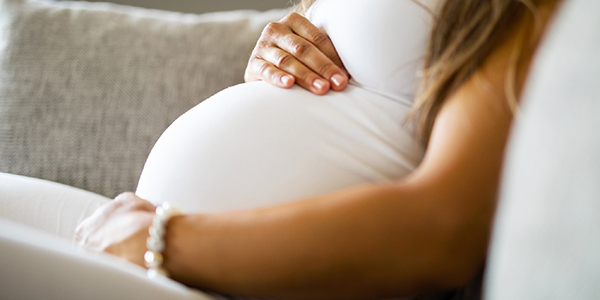Amniotic Fluid

Pregnancy comes with a lot of new terms, and one you’ll hear often is “bag of waters.” This is another way of talking about amniotic fluid — the clear, odorless liquid that surrounds your baby in the uterus. It cushions and protects your baby, helps them move and grow, and creates a safe barrier from the outside world.
One of the biggest signs labor is starting is when your water breaks. Because the bag of waters plays such an important role, it’s natural to wonder what happens next. Here are some common questions and answers to help you feel prepared.
Why is the bag of waters important?
The bag of waters surrounds your baby like a cushion and keeps bacteria from reaching the uterus. Once it breaks, there’s a chance of infection for both you and your baby. That’s why it’s important not to douche or have sex after your water breaks.
How will I know if my water has broken?
Your water can break with a sudden gush or as a slow, steady trickle you can’t control. Sometimes it’s tricky to tell if the fluid is amniotic fluid or just urine — even for doctors, midwives and nurses.
Here are a few things you can try:
- Empty your bladder, then see if more fluid leaks.
- Collect some on a sanitary pad. Yellow fluid usually means urine, while amniotic fluid is usually clear and odorless.
- Do a Kegel exercise by squeezing your pelvic floor muscles. If the leaking stops, it’s probably urine.
If you still aren’t sure, call your healthcare provider.
What should I do if my water breaks?
If you think your water has broken:
- Write down the time and what the fluid looked like
- Go to the labor and delivery department at your birth center for evaluation
Once your water breaks, it can increase the risk of infection, so your provider may recommend helping your body to go into labor. Ask your OB provider what they recommend.
Discover Similar Stories
Choose a topic below to read more stories like this one.
Support at Every Step
From conception to delivery, our pregnancy and childbirth providers put you first.





